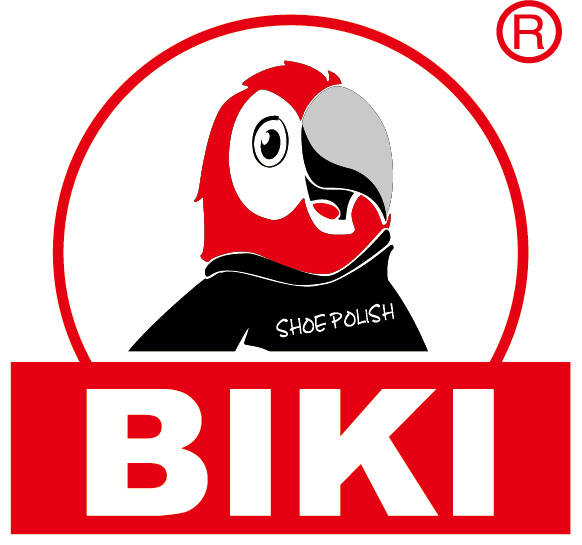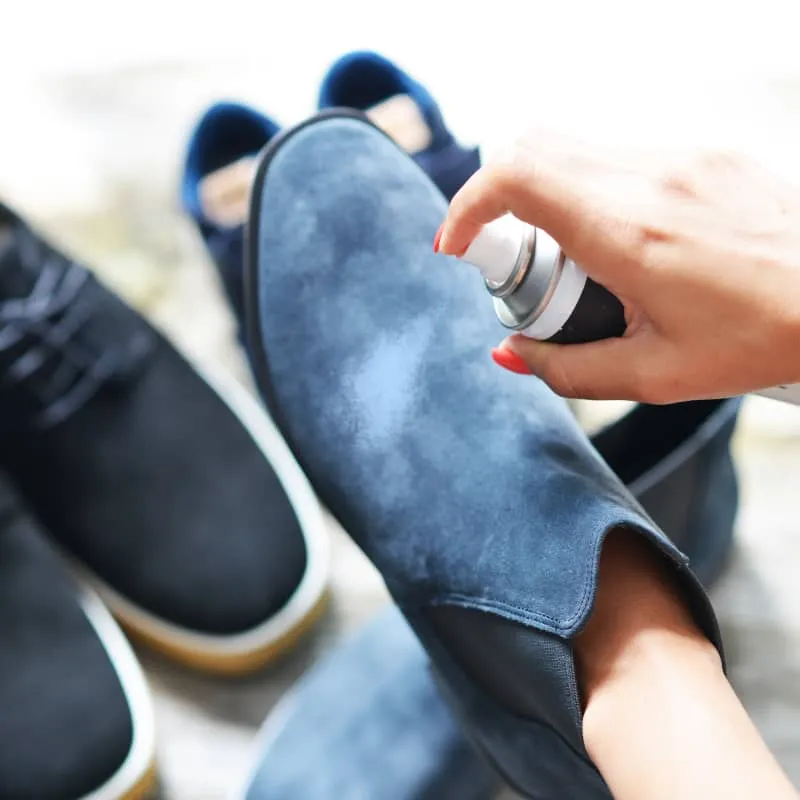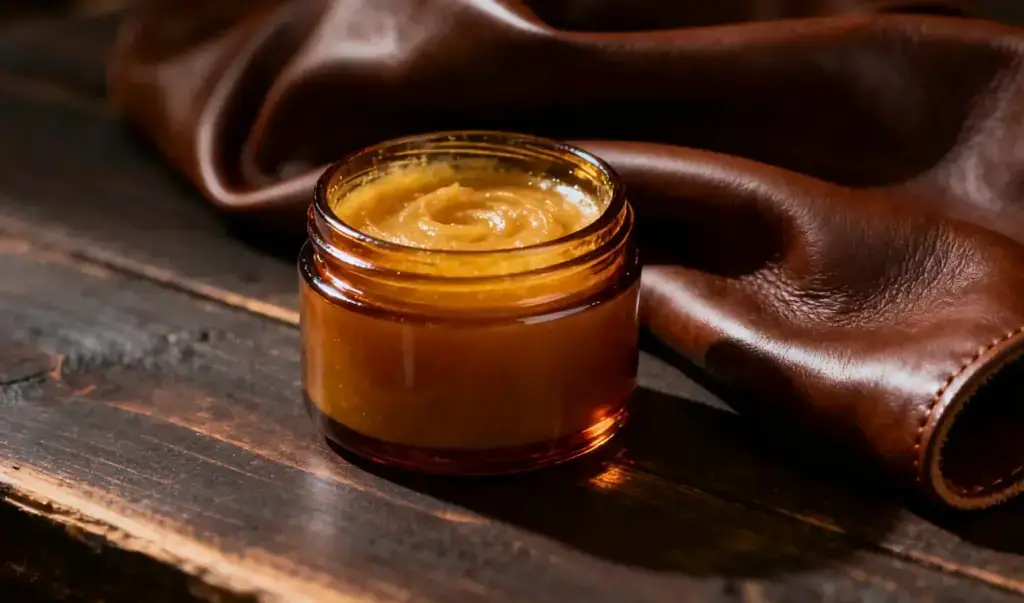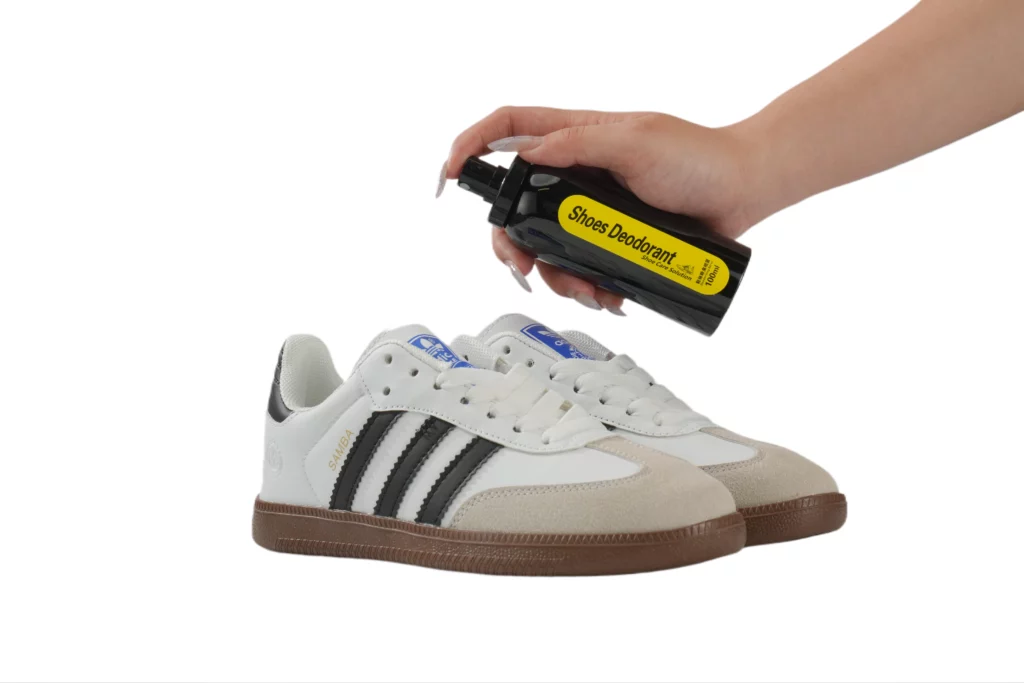For shoe retailers and brands, understanding the difference between cream and wax polish is vital. It helps you give expert advice to customers. This knowledge can boost your sales, build trust, and create new income streams.
In this article, we’ll examine both products from a maker’s viewpoint. You’ll learn how they’re made, where they work best, and how they can help your business grow.
When you master this information, you become more than just a seller. You become a trusted guide who helps customers make choices that make them happy and increase your profits.
This knowledge forms the base of any good shoe care program.
The Foundation: Shoe Cream
Think of shoe cream as skincare for leather. Its main job isn’t to make shoes shine but to care for them deeply.
Good shoe cream nourishes, restores color, and conditions. It keeps leather soft and stops it from drying out and cracking, which can ruin shoes forever.
For anyone serious about leather footwear, shoe cream is the first step in proper care. It’s the product that keeps shoes valuable over time.
The Science of a Superior Cream Polish: What Brands Need to Know
A quality cream polish has the right mix of nourishing oils, waxes, and pigments. The fineness of these pigments affects how natural the color looks when restored. Using natural turpentine instead of cheap petroleum makes the product safer for leather and better for the environment.
This matters greatly for high-end shoe brands that want their own care products. The quality of these products shows the value of the main brand.
Let’s look at the key parts we focus on when making cream polish.
Oils and conditioners like lanolin or coconut oil feed the leather. They soak into the pores to replace natural fats that get lost over time, keeping the leather flexible.
Softer waxes, mainly beeswax, are added in smaller amounts. They give a gentle shine and light protection without making a hard shell.
Pigments may be the most important part for making shoes look good again. We use high-quality, finely ground pigments that blend perfectly with the leather, covering scratches and bringing back color without looking painted on.
The solvent carries all these ingredients into the leather. Choosing the right one makes a big difference in quality. We use natural, gentle solvents that won’t harm fine leathers, which is crucial for keeping brand trust and following proper leather care methods.
The Business Application: Upselling Through Education
Suggesting shoe cream is a natural add-on after selling new shoes.
Try saying: “To keep your new shoes looking great for years, we recommend this nourishing cream. It’s like skincare for the leather and helps prevent cracking.”
This simple tip shows you’re an expert and addresses the customer’s wish to protect their purchase.
Here are clear times for your sales team to recommend cream polish:
When selling any full-grain leather shoes, offer cream polish right away. It’s not just an extra; it’s part of the complete package.
When customers ask about bringing life back to old, faded shoes, cream polish is the first solution. It fixes color loss and dryness.
For special leathers, especially fine calfskin, cream is a must. These leathers dry out easily and need regular conditioning to stay soft and beautiful.
The Finish: Shoe Wax for Protection & High Gloss
If shoe cream is “skincare,” then wax polish is “outerwear.” It has a different but complementary job.
Wax polish creates a hard, protective layer on the leather’s surface. This layer gives shoes a high shine and guards against water and scuffs.
It’s the top coat that seals in the cream’s nourishment and prepares shoes to face the elements.
Identifying Quality Wax
Wax polish quality varies widely. The main difference is in the amount and purity of hard waxes like beeswax and carnauba.
Low-quality waxes often contain too much silicone, which gives a quick shine but can block leather pores and cause damage over time.
As your supplier, Biki ensures stable formulas with pure ingredients, helping you avoid customer complaints and returns due to poor product quality.
Top wax polish contains a blend of hard waxes. The star ingredient is often Carnauba wax from a Brazilian palm tree. Its high melting point and hardness let it be buffed to a brilliant, lasting shine.
Beeswax is another key component. It makes the formula more workable and adds nourishment, preventing the finish from becoming too brittle.
The mark of excellent wax polish is its ability to create a “spit shine.” This advanced method, which uses thin layers of wax with a touch of water, can create a mirror-like finish. Only polishes with high-quality hard waxes can achieve this military-grade shine.
The Brand Opportunity
The hardness and shine level of wax polish can be customized. This creates a great chance for developing your own brand products.
For example, wax for an outdoor boot brand would have more water-resistant and durable ingredients.
On the other hand, wax for dress shoes would focus on creating a perfect mirror shine. Biki’s team can work with you to develop a formula that matches your brand and product needs.
Consider these customization options for your brand:
- For tough work boots, we can make a wax with more waterproofing agents and a durable, semi-gloss finish.
- For luxury dress shoes, we can create a formula for a spectacular mirror shine, making a premium product for shoe lovers.
- For modern fashion footwear, we can develop a softer wax blend for a subtle, elegant satin shine that complements today’s styles.
Biki Partner Dashboard: Cream vs. Wax Polish at a Glance
To help our partners make smart decisions, we’ve created this quick reference. It shows the key differences between cream and wax polish and what they mean for your inventory, sales strategy, and brand development.
| Feature | Shoe Cream | Shoe Wax |
| Primary Function | Nourishment, Conditioning, Color Restoration | Protection, High-Gloss Shine, Water Resistance |
| Key Ingredients | Softer Waxes, Oils, High-Pigment Concentration | Hard Waxes (Carnauba), Solvents, Low-Pigment |
| Retail Positioning | Essential Maintenance: A “must-have” for leather health | Advanced Upgrade: For enthusiasts and a perfect finish |
| Profit Strategy | High-frequency purchase, ideal for upselling | Higher price point, positions you as a care expert |
| Private Label Customization | Focus on color matching, nourishment level | Focus on gloss level, hardness, durability |
4 Common Sourcing Traps to Avoid
As your manufacturing partner, we believe in helping you navigate the market. Making informed buying decisions is key to protecting your customers and your reputation. Here are common traps to avoid.
First, watch out for “fake shine.” Check ingredient lists carefully. Avoid products with lots of silicone, which gives a temporary, plastic-like shine but eventually harms the leather and attracts dust. It’s a shortcut that hurts shoes in the long run.
Next is the pigment problem. Low-quality creams use rough, poorly-ground pigments. Instead of restoring color naturally, they sit on the surface and look “painted on,” making your footwear look cheap.
Also, be aware of unstable formulas. A product that separates, sweats, or dries out in the tin shows poor development and quality control from the supplier. This leads to inconsistent results and unhappy customers.
Finally, always do the supply chain test. Ask your potential supplier of shoe care products about its minimum order quantities, delivery times, and consistency. A reliable supply chain ensures you’re never out of stock on important products. This includes checking the quality of their ingredients, like their use of high-quality natural solvents.
From Knowledge to Partnership
As you can see, behind a small tin of shoe care lies deep science, craftsmanship, and business knowledge. Understanding and using this knowledge can set you apart from competitors.
This attention to detail and commitment to quality are at the heart of Biki’s decades of manufacturing experience. We don’t just make shoe care products; we act as your behind-the-scenes experts and partners, providing reliable, high-quality solutions for retailers, distributors, and shoe brands worldwide.
For Retailers & Distributors
If you want a shoe care line that improves customer satisfaction and store profits, explore our product catalog or contact our wholesale team today.
For Private Label Brands
If you wish to extend your brand and create new revenue through high-quality private label care products, we invite you to schedule a discussion with our customization experts. Discover how Biki can help turn your brand philosophy into exceptional products.





